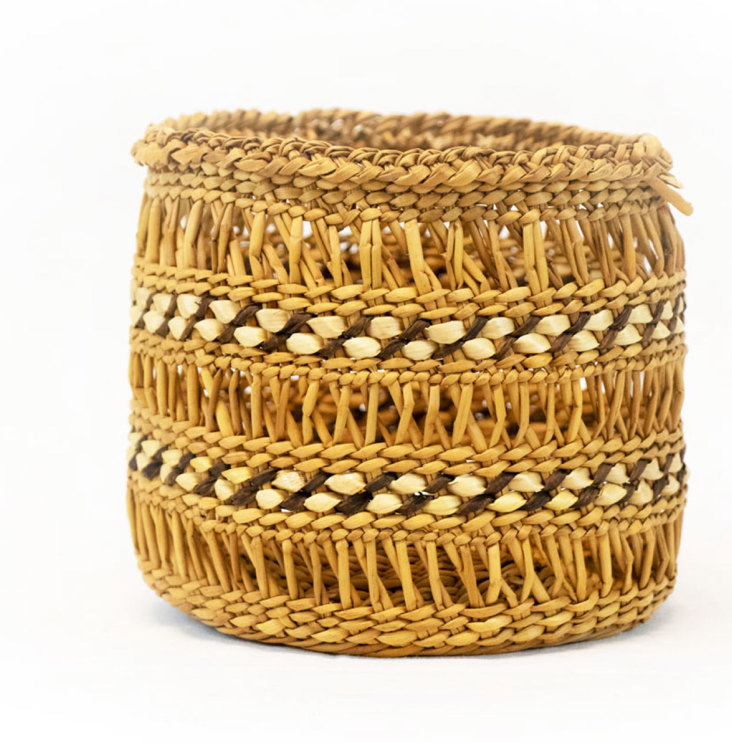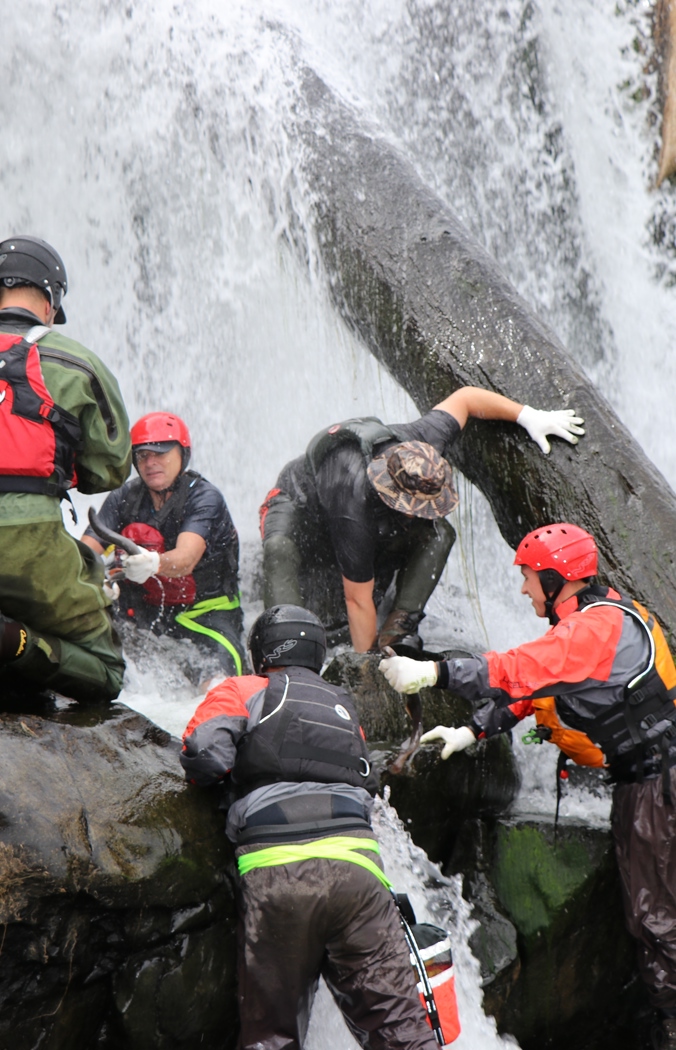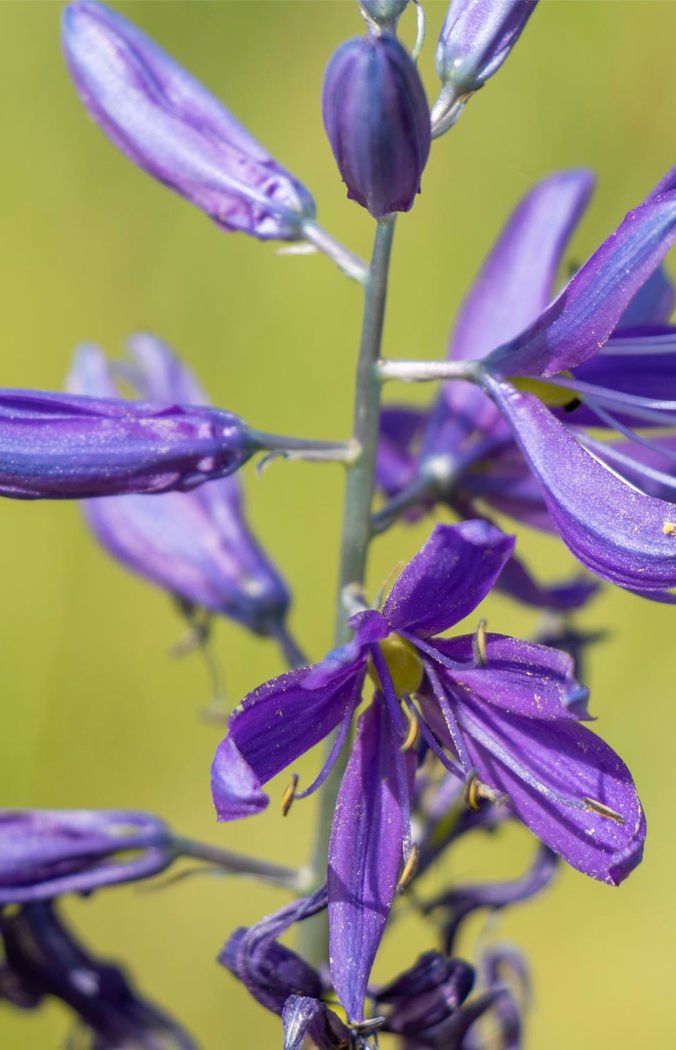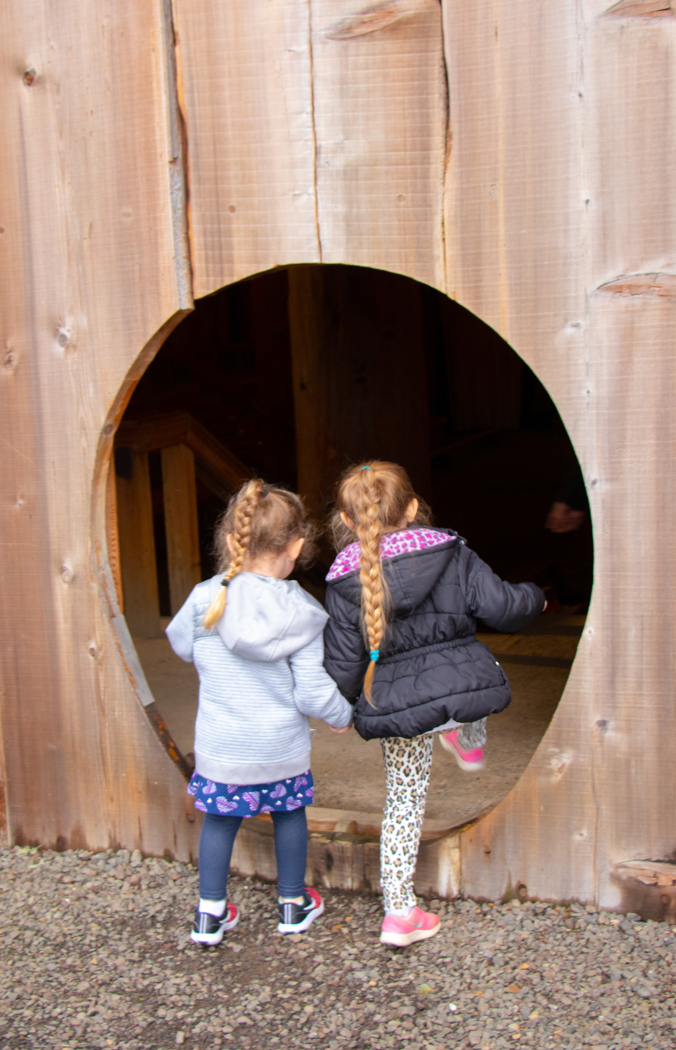MAIN GALLERY

Cintutac Gallery
Come and explore the lifeways and culture of the people relocated to the Grand Ronde reservation. Our evolving gallery space allows visitors to transcend time through changing historical and contemporary exhibits.
cintutac is a yamhill word that means to find or recover something that was thought to be lost.
The gallery at Chachalu is intended to inspire, and to be reflective of the living culture of the people relocated to Grand Ronde.
"place of burnt timber"
Chachalu is the name given by the Yamhill Kalapuya to the area where we now call Grand Ronde. This name reflects methods of traditional land management and the use of fire to maintain a healthy landscape. Once serving as a route to the coast range for trade and gathering, the reservation at Grand Ronde became home to more than 27 tribes and bands from throughout Western Oregon after treaty negotiations during the 1850’s. Despite disease, removal and termination, the people here have continued to persevere.
As fire is used to ensure renewal and growth, it is our mission at Chachalu Museum & Cultural Center to honor those traditions by working to propagate and preserve the traditional lifeways, culture, and traditional homelands of the people relocated to Grand Ronde.
Featured Narratives

Fishing at Willamette Falls
The lands were once home to the Charcowah village of the Clowewalla (Willamette band of Tumwaters) and the Kosh-huk-shix Village of Clackamas people. They were ceded to the United States government under the Willamette Valley Treaty of 1855.

Tribal Lifeways
Learn more about tribal history, traditional homelands, and cultural practices.

Our Story
The Grand Ronde Tribe's story is one of persistence and perseverance. We hope you take a minute to learn more about who we are and where we have come from.